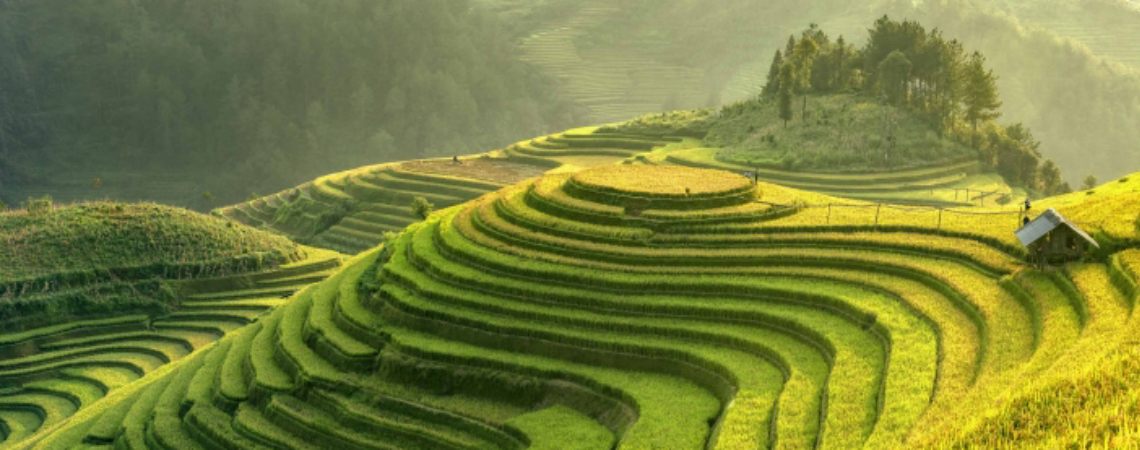The Livable Landscapes Academy Impact Program accelerates and scales investments that avoid, reduce, and restore degraded landscapes.
Building on knowledge curation and knowledge exchange pillars of the broader Livable Landscapes Knowledge Platform, senior public and private sector representatives, technical experts from local universities and NGOs will focus on leveraging innovative approaches (technology, financing, multi-sectoral synergy) to:
- build global and regional coalitions for change
- pilot customized technical assistance in-country to scale positive landscape outcomes
- facilitate in-country support to increase financing for landscapes projects and bring down costs of implementing them
Program Launched: February 3-5, 2026 in Abidjan, Cote D’Ivoire
Participating countries: To be selected - Ten to fifteen countries initially focused on West African landscapes
Partners:
- Global Challenge Programs - Forests for Development, Climate, and Biodiversity; Fast Track Water Security and Climate Adaptation; and Food and Nutrition;
- China-World Bank Group Global Center for Ecological Systems and Transitions.
- Center for International Forestry Research – World Agroforestry
- Donor Partner is the Foreign Commonwealth Development Office
- PROGREEN - a global partnership for sustainable and resilient landscapes
Resources:
- Livable Landscape Academy Website
- China–WBG Global Center for Ecological Systems and Transitions
- Global Challenge Program: Forests for Development, Climate, and Biodiversity
- ProGreen
- https://www.cifor-icraf.org/

